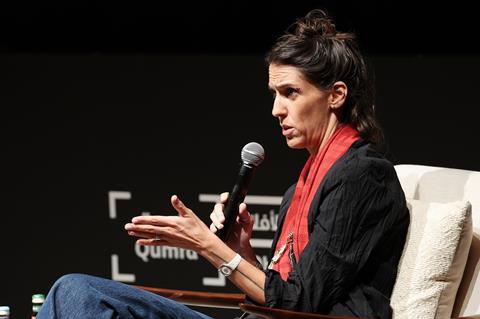
Mexican costume designer Anna Terrazas says the uniqueness of Albuquerque, New Mexico helped her understand the “essence” of Ari Aster’s upcoming Eddington.
Speaking to Screen after her masterclass at the Doha Film Institute’s Qumra lab, Terrazas said, “I sent Ari a huge amount of research, and a lot of things did work; but the essence wasn’t truly there. So I had to arrive to Albuquerque [where the film shot] and go out to the streets and towns, just to see what was happening – that place is unique.”
“If people describe it to you, it’s not the same,” said Terrazas. “You go and you understand and feel the air, the environment, the sounds, the smells. It was challenging to get that – for Joaquin [Phoenix, lead actor] as well, because we debated a lot.”
Terrazas said she came on board the film because it had originally looked at shooting in Mexico, where she lives. “Every aspect of that film had a challenge, but it was fantastic working with Ari, and with Ellen [Chenoweth, casting director], and Darius and I already knew each other from Bardo [Darius Khondji, cinematographer and fellow Qumra master]. It was a beautiful collaboration.”
Earlier this week Khondji told Screen that the film will premiere in Cannes next month, with the lineup to be announced tomorrow (Thursday, April 10 ). Aster’s fourth feature tells the story of a small-town New Mexico sheriff who has higher aspirations. It is produced by Aster and Lars Knudsen for Square Peg and A24, with Emma Stone, Pedro Pascal, Austin Butler and Micheal Ward alongside Phoenix on the cast.
Super strong
Terrazas has worked with many high-profile Mexican talents, including Alfonso Cuaron, on Roma; Alejandro Gonzalez Inarritu, on Bardo; and longtime friend Gael Garcia Bernal, who directed and starred in her first film as costumer designer, 2007’s Deficit.
The Mexican industry is “super strong” right now, Terrazas says, with a new generation backing up the foundations built by the ‘Three Amigos’ of Cuaron, Inarritu and Guillermo del Toro.
“We have fantastic directors,” said Terrazas, citing Michel Franco, Alonso Ruizpalacios, Amat Escalante and Alejandra Marques as members of the next wave. “I get surprised every year at the new films coming up.”
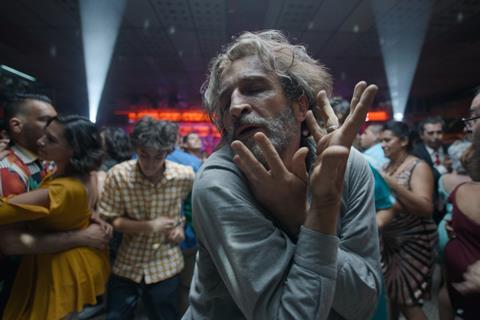
Having worked on Bardo, Terrazas said Inarritu had asked her to design costumes for his untitled adventure film starring Tom Cruise; but that she wasn’t able to as the film ultimately needed more UK crew.
Terrazas is attached to a new project which “keeps being pushed and pushed”, partly due to political factors.
“In Mexico and a bit in the US, things are a little slow, because of the changes and the crazy world we’re living in, in the Trump era,” said Terrazas of the new project. “We’re still waiting to decide if it starts or not, and move on from there – maybe next week.”
The costume designer has also worked on international projects that have come to Mexico – including dressing the spectacular Mexico Ciy opening scene of James Bond film Spectre. Terrazas said it took six months to shoot the eight-minute scene; and that the Day of the Dead parade it depicts was an invention for the film – but 10 years later, is an annual event in the city.
“I think it’s fantastic,” said Terrazas of the Bond franchise’s new creative direction under Amazon. “It is something that the entire world knows, and I can’t wait to see what’s next.”
Touching things
In her masterclass Terrazas said she has “not yet” been asked to use computer-generated effects in her costume work. Speaking to Screen later, she said she is open to using any tool in her work; but wants film production to remain a physical, collaborative endeavour. “I am a person that likes to do things with my hands – I like to draw, to touch,” said Terrazas. “Nowadays, people buy everything online – they don’t go out of their houses. In the US, if I say ‘we need jeans’, my assistants click and get all the jeans.
“I’m like – no, go out there, touch the fabric and bring it back. I can’t bear the idea of not touching things.”
In the two-hour masterclass, Terrazas touched on the importance of sustainable behaviours in film. “I don’t think it’s through production; it’s more with us, how we want to recycle things,” said Terrazas, noting that all costumes on last year’s Pedro Paramo were made by hand and kept so it can be reused for other productions. “With Bardo, we gave all the clothes away to migrants. There are a lot of houses in Mexico for migrants coming from Guatemala, so we donated everything.”
For Cuaron’s Oscar-winning Roma, Terrazas said the director had an initial script that he didn’t share with anyone, which led to a memorable meeting between the two. “He told me ‘I’m going to tell you the story, bring a notebook’ – that was it,” said Terrazas. “It was five hours of non-stop writing – I’ve never written that much and that fast! That book became the bible for my team and the AD, everybody was working out of those notes.”
She spoke fondly of working on HBO series The Deuce, about the lives of sex workers in New York City in the 1970s and 80s. “It was the first time I had the opportunity to design based on real sex workers,” said Terrazas. “The clothes set the tone for the environment we were working in.”
As for the difference between series and film work, Terrazas acknowledged the “different pace” of the former. “You have to have everything ready,” she said. “Not that film is not fast; but it is completely different. I like to spend time to think and design, think about the colours, textures and dressing. Sometimes TV doesn’t give you the time to even blink.”
The Qumra masterclass programme concludes today with Hong Kong filmmaking legend Johnnie To.



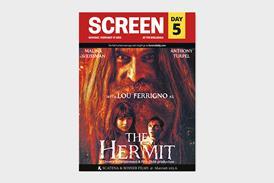





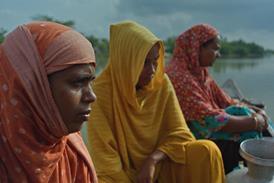
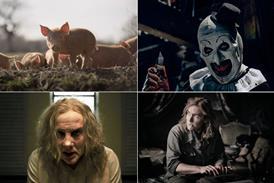

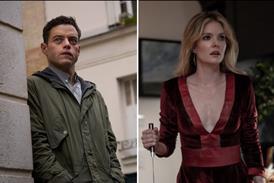

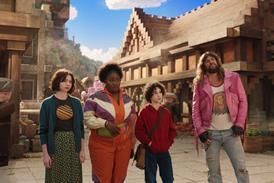

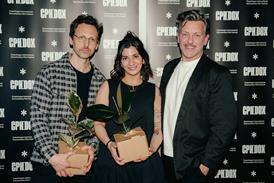








No comments yet